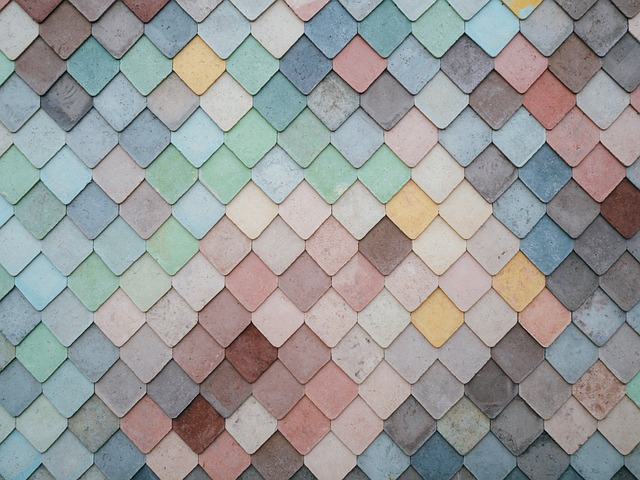Innovative Architectural Designs: Exploring the Art of Intriguing Geometric Shapes
Architecture is often viewed as a functional discipline, but at its core, it is an art form that can inspire, engage, and provoke thought. One of the most fascinating aspects of architectural design is the use of interesting geometric shapes. These shapes not only serve practical purposes but also create visual narratives that resonate with those who experience them.
Geometric shapes have been an essential part of design throughout history, from the systematic precision of ancient structures to the avant-garde designs of modern architecture. The interplay of angles, lines, and curves can produce spaces that evoke strong emotional responses. Consider how a circular structure can create a sense of unity and harmony, while sharp angles may communicate strength and boldness. The beauty lies in how these forms interact with their surroundings, context, and the human experience.
The Power of Shapes in Design
The use of interesting geometric shapes extends beyond mere aesthetics. These forms can influence how we navigate a space, how light interacts within it, and how we feel while inside. For example, a building designed with triangular elements could draw the eye upwards, fostering a sense of aspiration and creativity. Meanwhile, the repetition of hexagonal patterns can invoke feelings of stability and order.
Architects today are pushing the boundaries of traditional design by experimenting with unconventional shapes and innovative materials. Structures that embrace asymmetry, fluid forms, and natural patterns challenge our perceptions of what buildings can be. These daring designs invite us to contemplate not just the architecture itself but the message it conveys about our relationship with the environment and each other.
Architectural Marvels that Inspire
Across the globe, there are numerous examples of architectural masterpieces showcasing interesting geometric shapes. The Centro Nacional de Artes in Mexico City is a remarkable fusion of dynamic forms that create a sense of movement, while the Eden Project in the UK captivates with its honeycomb-like geodesic domes. Each of these structures tells a story, bridging art with a deep understanding of human needs and environmental considerations.
Furthermore, innovative designs can spark creativity in urban spaces, transforming otherwise mundane cityscapes into engaging environments. Public parks and community centers incorporating geometric features not only serve their purpose but also become landmarks that draw in visitors and foster a sense of belonging. The careful arrangement of shapes can encourage social interaction, playfulness, and exploration in our daily lives.
The Future of Geometric Architecture
As we move forward, the potential for interesting geometric shapes in architecture is boundless. Advancements in technology, such as 3D printing, are making it easier to create intricate forms that can adapt to various needs and environments. This opens doors to a new era where customization and sustainability go hand in hand, allowing architects to design spaces that reflect the unique cultures and narratives of their communities.
In this evolving landscape, the intersection of art and design will continue to redefine how we perceive and interact with our built environment. Embracing interesting geometric shapes not only enhances the aesthetic appeal of a structure; it also challenges us to think critically about the role of architecture in our lives. We are invited to explore, engage, and appreciate the nuanced beauty within the geometric symphony that surrounds us.




